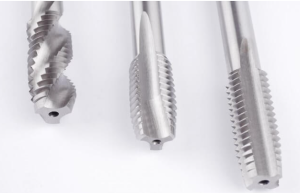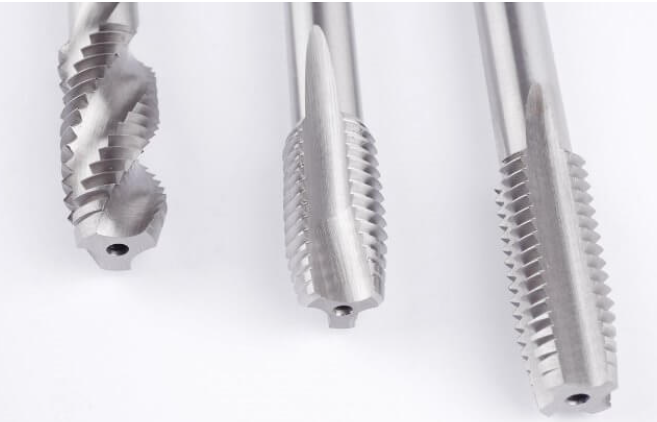For a screw or bolt to be properly secured into a hole, that hole needs to be threaded. The cutting tool that creates the thread is known as a tap. Tapping can be done in many different ways, sometimes manually and sometimes with a machine, with the size and nature of the tool depending on the material, hole and screw.
Tapping should not be confused with drilling, which creates a hole rather than just threading it, or threading, which creates a thread using a die rather than cutting it. Tapping and threading are both part of the complex world of screw mechanics

Tapping Machines
Lathe and drill machines can be used for tapping, but there are also specific tapping machines. A selection such as that available at Cotswold Machinery can include tapping arms that run on electric power, as well as those powered by pneumatics.
Tapping Tools
Hand Tapping
Despite the name, hand taps can also be used in machine tapping. There are three types of hand tap: taper, plug and bottoming. Taper is the most common. They all have a short, square end, but tapers have seven to ten threads, plugs have three to five and bottoming taps only have one or two.
Power Tapping
These are less common but may be used in manual or CNC machining:
Spiral Flute Taps
Spiral flute taps are not as strong as hand taps and so should not be used on the hardest metals, but if the metal is softer and there is no risk of chipping, it can be used in a similar way to a drill bit.

Straight Flute Taps
Patient, careful users can utilise straight flute taps to thread harder materials thanks to the bigger cross-section available with the cutting edge. This can, however, lead to chipping that makes the thread less defined and increases the risk of breakages.
It is important to know exactly what kind of hole and material you want to tap so you can choose the correct tapping equipment to create threads safely and effectively.

